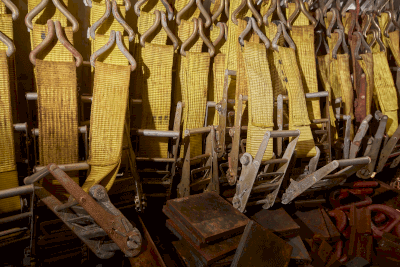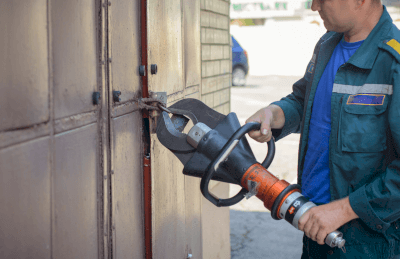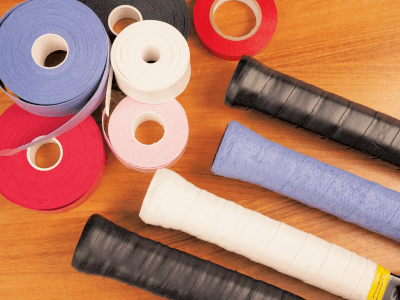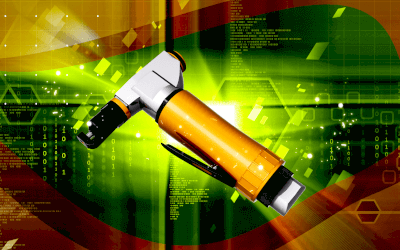What Is an Anti-vibration Glove?

Anti-vibration gloves, designed as protective equipment, are used to reduce hand-arm vibration that can lead to numbness, pain, and weakness in the hands. These gloves are essential in construction sites and workplaces where tools like grinders and brush cutters are used extensively.
These gloves come in various types, including net hand, half-finger, cut-resistant, non-slip, and more. It’s crucial to choose gloves that conform to industrial standards and match the work requirements and hand size.
Uses of Anti-vibration Gloves
Anti-vibration gloves find widespread use in fields like construction, civil engineering, the automotive industry, the steel industry, agriculture, and others where vibrating tools are a regular part of the job.
Common applications include the following:
- Mowing operations such as chain saws and grinders.
- Welding work
- Rock drill work
- Excavation work and concrete demolition
- Agricultural work
- Impact driver work
- Heavy lifting (manual labor)
- Cutting work with an electric sander
- Compressor lifting work
- Concrete drilling work with a hammer drill
Principles of Anti-vibration Gloves
Materials such as natural rubber, artificial leather, microfiber, polyester, cotton, nylon, nitrile rubber, and cowhide are used in these gloves. Cotton, nylon, or chloroprene rubber gloves offer non-slip properties and high breathability. Nitrile rubber is suitable for water and oil environments, and natural leather like cowhide is heat resistant, ideal for spark-prone tasks.
Gloves with rubber tubing made of acrylonitrile butadiene rubber (NBR) are known for their oil, heat, and abrasion resistance, as well as excellent vibration absorption. Sponge gloves absorb vibration effectively but may lose flexibility with increased thickness. Air-cap gloves are lightweight but may have reduced vibration absorption under external force.
Anti-vibration Gloves for Chainsaw Use
Anti-vibration gloves are especially recommended for use with tools like chain saws, as prolonged exposure to vibration can lead to hand-arm vibration disorder. Gloves designed for chainsaw use have high anti-vibration performance, attenuating vibrations at frequencies common to chainsaws. Additionally, some gloves incorporate PBO fiber to enhance safety in chainsaw operations.
Standards for Anti-vibration Gloves
Industrial standards define the performance requirements for anti-vibration gloves, including Japanese Industrial Standards (JIS T 8114) and international standards (ISO 10819). These standards specify construction materials, strength, elasticity, and uniformity in palm and finger coverage. ISO 10819, similar to JIS T8114, differs in aspects like measurement and evaluation methods. High-performance anti-vibration gloves often meet these ISO standards. When selecting gloves, it’s essential to verify their compliance with these standards for optimal anti-vibration performance.






